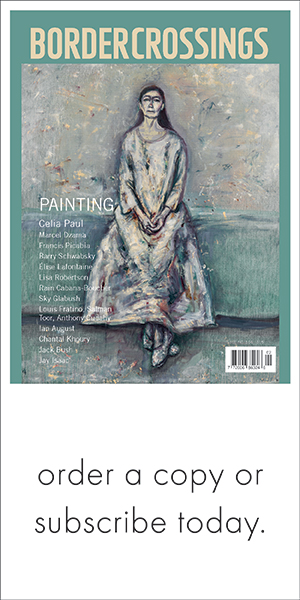Several months after Helen Humphreys’s calm and dignified vizsla Charlotte passed away, she met someone at a park who had known her old dog. The person commented that it must be hard to move on to another puppy after losing such a faithful companion. “I thought what a strange comment that was, really,” Humphreys writes in her latest memoir. “If you have loved someone or something, why wouldn’t you want to love again?”
And a Dog Called Fig is a meditation on the writer’s life and the trusting familiars that have provided support along the way. As Humphreys reflects on the nature of solitude — that fine line between an author’s guarded isolation and loneliness — she considers how she has become attached to one specific breed: the exuberant and immensely loyal vizsla. First she had Hazel, who was “game for anything.” Then came the beloved Charlotte, whom Humphreys describes as...
Michael Strizic was previously managing editor of the Literary Review of Canada.

